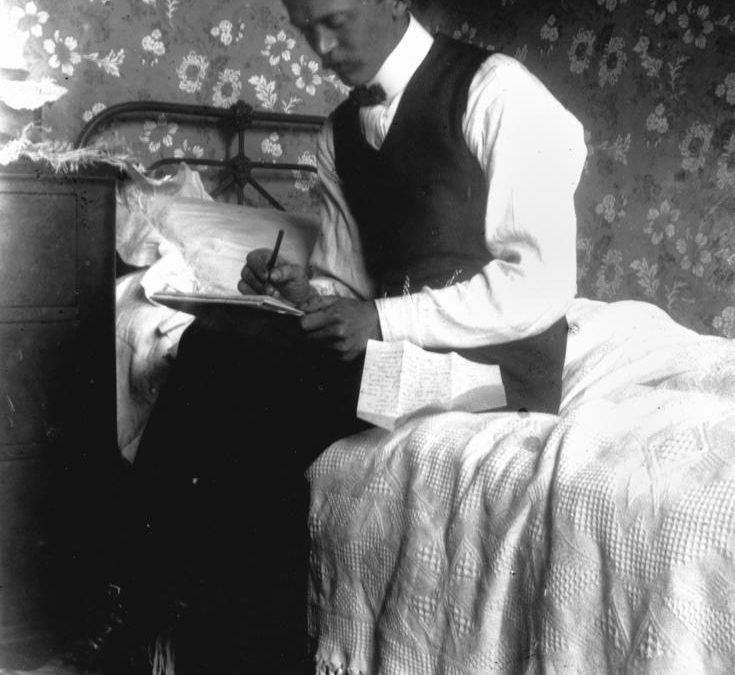Human psychology doesn’t play nice with the relationships between price, cost, and value.
To illustrate the point, I offer this letter to a hypothetical client, a company with no brand recognition in its target market. The company is reluctant to commit to an annual program (one ad a month for a year) in the most widely read, least expensive trade magazine in its industry. In addition to the print, the program includes, at no additional charge, digital ads in online editions of the magazine and on the home page of the publisher’s website:
Dear Client,
I hope the tree (the price of the advertising) hasn’t blinded us to the forest (the cost to publish and the value to your company of that advertising). I understand your concern about the price. And I don’t expect you to believe $59,262 is modest for a program of this reach and frequency. But it is.
The price of advertising is not its cost. That comprises the publisher’s hard costs (people, materials, machinery, distribution), plus time. Any assessment of its value has to include price plus cost, but it exceeds both. Rather than attempting to define that value, please answer five questions:
1. How many net new customers would you need to offset the price of the advertising?
2. What is it worth to your company to let the industry know you’re viable confidently promoting your brand?
3. What is it worth to your customers to know that?
4. What is it worth to your prospects to know that?
5. What is it worth to your company to shorten your sales cycles by increasing awareness of your brand?
Yes. We recommend you advertise. But we won’t take a penny of media commission. And I’d have the same recommendation if I were a casual — albeit professional — observer. At this stage of your evolution and the establishment of your brand, it will cost you more than $59,262 NOT to run this advertising.
Thank you for your consideration.
Would such a letter succeed? It’s entirely dependent on the client and his psychology. If he believes he’s capable of creating for his brand — and his customers — value in excess of price and cost, it might. If not, it won’t.
If he’s not inclined to do it because he doesn’t have the courage of his brand’s ostensible convictions, it won’t matter anyway. All the advertising in the world won’t buy him that.
His market will know it before he does.
—
Intimate portrait of a man writing a letter, 1900-1910, John Oxley Library, State Library of Queensland [Public domain], via Wikimedia Commons.

